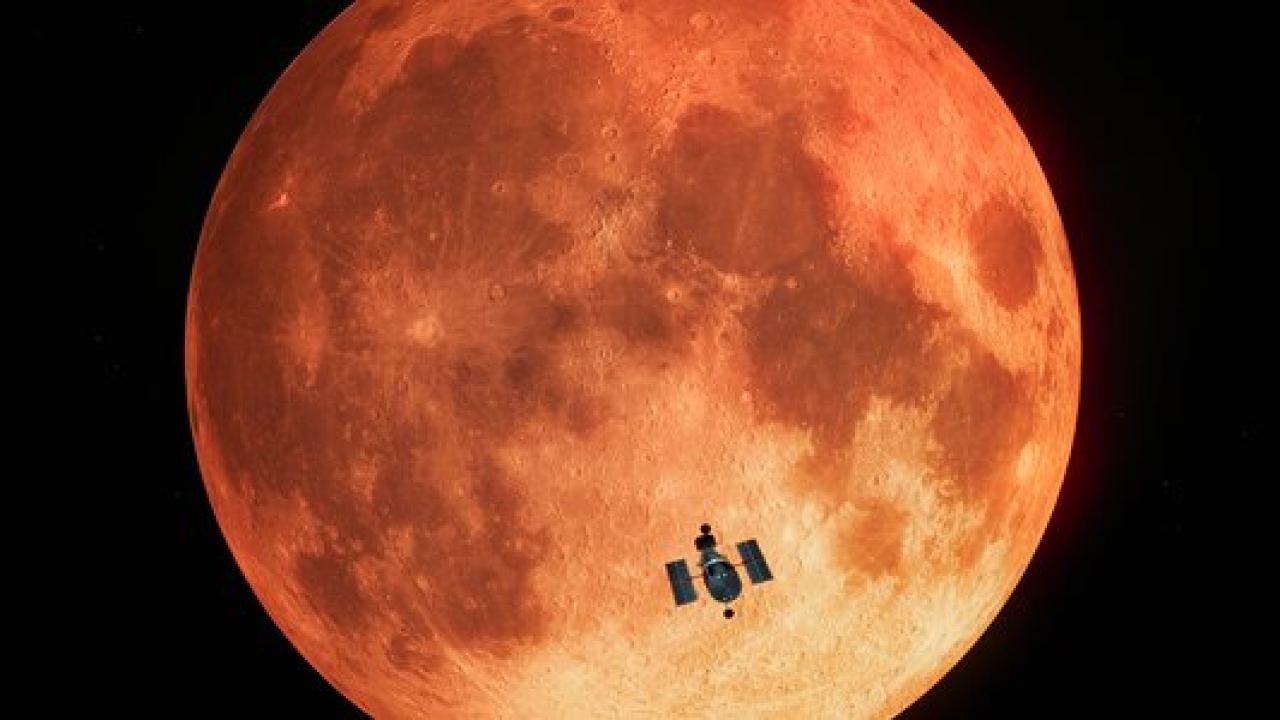Hubble Makes the First Observation of a Total Lunar Eclipse By a Space Telescope
6 August 2020

Taking advantage of a total lunar eclipse, astronomers using the NASA/ESA Hubble Space Telescope have detected ozone in Earth’s atmosphere. This method serves as a proxy for how they will observe Earth-like planets around other stars in the search for life. This is the first time a total lunar eclipse was captured from a space telescope and the first time such an eclipse has been studied in ultraviolet wavelengths.
To prepare for exoplanet research with bigger telescopes that are currently in development, astronomers decided to conduct experiments much closer to home, on the only known inhabited terrestrial planet: Earth. Our planet’s perfect alignment with the Sun and Moon during a total lunar eclipse mimics the geometry of a transiting terrestrial planet with its star. In a new study, Hubble did not look at Earth directly. Instead, astronomers used the Moon as a mirror that reflects the sunlight that has been filtered through Earth’s atmosphere. Using a space telescope for eclipse observations is cleaner than ground-based studies because the data is not contaminated by looking through Earth’s atmosphere.
These observations were particularly challenging because just before the eclipse the Moon is very bright, and its surface is not a perfect reflector since it’s mottled with bright and dark areas. Furthermore, the Moon is so close to Earth that Hubble had to try and keep a steady eye on one select region, to precisely track the Moon’s motion relative to the space observatory. It is for these reasons that Hubble is very rarely pointed at the Moon.
The measurements detected the strong spectral fingerprint of ozone, a key prerequisite for the presence – and possible evolution – of life as we know it in an exo-Earth. Although some ozone signatures had been detected in previous ground-based observations during lunar eclipses, Hubble’s study represents the strongest detection of the molecule to date because it can look at the ultraviolet light, which is absorbed by our atmosphere and does not reach the ground. On Earth, photosynthesis over billions of years is responsible for our planet’s high oxygen levels and thick ozone layer. Only 600 million years ago Earth’s atmosphere had built up enough ozone to shield life from the Sun’s lethal ultraviolet radiation. That made it safe for the first land-based life to migrate out of our oceans.
More:
https://www.spacetelescope.org/news/heic2013/
